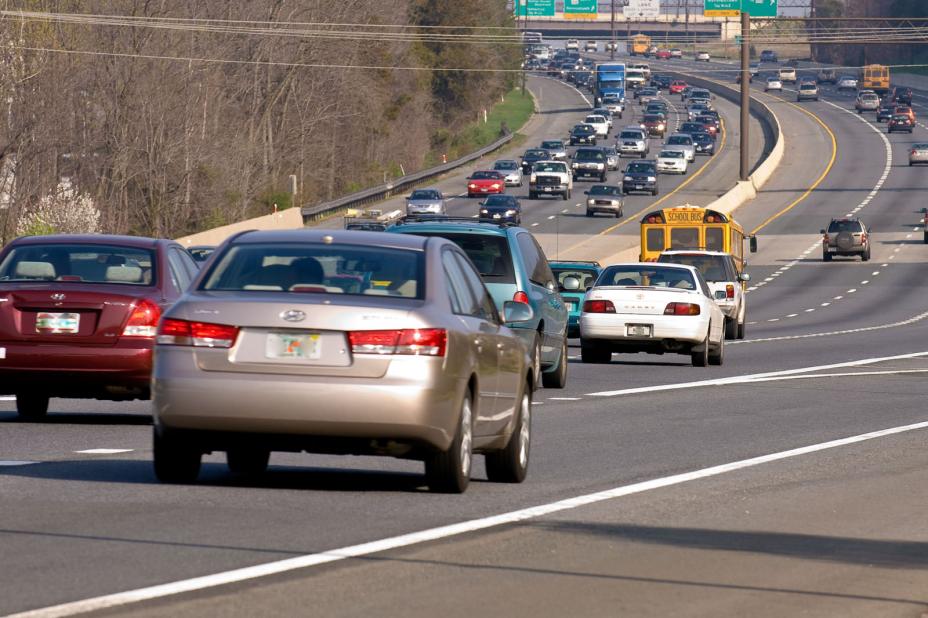Advance Eligibility
OZONE ADVANCE
State, tribal, and/or local governments can participate in Ozone Advance if they meet the basic program eligibility criteria:
- The area is not designated nonattainment for an ozone National Ambient Air Quality Standard (NAAQS).
- The state, tribe, and/or local government must identify the area with respect to which they would like to participate.
- Where possible, states, tribes, and/or local governments should identify the air monitor(s) that reflect the air quality in the area.
- States’ reporting obligations for the National Emissions Inventory must be met prior to an area joining Ozone Advance. Some local agencies’ emissions reporting supersedes the state-submitted emissions; where this is the case, the prospective participant should consult EPA prior to signing up for the program. EPA can help answer any questions about the status of emissions reporting.
Read the Ozone Advance Guidance for detailed program information.
Eventual Marginal Areas: Areas that are not yet designated nonattainment for a new or revised ozone NAAQS (i.e., the effective date of final designations for the new or revised ozone NAAQS have not yet arrived) at the time a sign-up letter is submitted to EPA are eligible to participate.
- States, tribes, and/or local governments that have already signed up for Ozone Advance are able to continue to participate in the program if the area of concern is eventually designated nonattainment and classified Marginal. Such an area would not be exempt from any requirements that apply to Marginal nonattainment areas.
- If the area continues to violate and is not eligible for the Clean Air Act’s one-year extensions, it will be reclassified to a higher classification. Although the state, tribe, and/or local government would not be able to continue participating in Ozone Advance for that specific area, the efforts they pursued under Ozone Advance should not end, but would transition into SIP planning efforts.
Maintenance Areas: Areas that have been redesignated to attainment for an ozone NAAQS and that have an approved maintenance plan may participate in Ozone Advance. These areas must implement their maintenance plans as approved. Participation in Ozone Advance would not relieve any area from any requirements to which they are otherwise subject under the Act or EPA’s regulations. Measures and programs undertaken as part of Ozone Advance would be in addition to those included in the approved SIP, and could provide the area with a buffer against future violations.
Nonattainment Areas that are Currently Attaining: An area that is designated nonattainment for an ozone NAAQS, but whose air quality is currently attaining the ozone NAAQS may not sign up for Ozone Advance until the area has been redesignated attainment with an approved maintenance plan. However, early progress can still be made. If a state has submitted a maintenance plan to EPA, then pending approval of the plan, EPA could consult and provide some level of assistance. Full participation in Ozone Advance would not occur until the area has been redesignated attainment with an approved maintenance plan, and has met the other program eligibility criteria.
PM ADVANCE
State, tribal, and/or local governments can participate in PM Advance if they meet the basic program eligibility criteria:
- The area is not designated nonattainment for a fine particulate matter (PM2.5) National Ambient Air Quality Standard (NAAQS).
- The state, tribe, and/or local government must identify the area with respect to which they would like to participate.
- Where possible, states, tribes, and/or local governments should identify the air monitor(s) that reflect the air quality in the area.
- States’ reporting obligations for the National Emissions Inventory must be met prior to an area joining PM Advance. Some local agencies’ emissions reporting supersedes the state-submitted emissions; where this is the case, the prospective participant should consult EPA prior to signing up for the program. EPA can help answer any questions about the status of emissions reporting.
Read the PM Advance Guidance for detailed program information.
Maintenance Areas: Areas that have been redesignated to attainment for a PM2.5 NAAQS and that have an approved maintenance plan may participate in PM Advance. These areas must implement their maintenance plans as approved. Participation in PM Advance would not relieve any area from any requirements to which they are otherwise subject under the Act or EPA’s regulations. Measures and programs undertaken as part of PM Advance would be in addition to those included in the approved SIP, and could provide the area with a buffer against future violations.
Nonattainment Areas that are Currently Attaining: An area that is designated nonattainment for a PM2.5 NAAQS, but whose air quality is currently attaining the PM2.5 NAAQS may not sign up for PM Advance until the area has been redesignated attainment with an approved maintenance plan. However, early progress can still be made. If a state has submitted a maintenance plan to EPA, then pending approval of the plan, EPA could consult and provide some level of assistance. Full participation in PM Advance would not occur until the area has been redesignated attainment with an approved maintenance plan, and has met the other program eligibility criteria.
Please contact the Advance Program Team, EPA Office of Air Quality Planning and Standards at ADVANCE@epa.gov if you have questions about eligibility.
